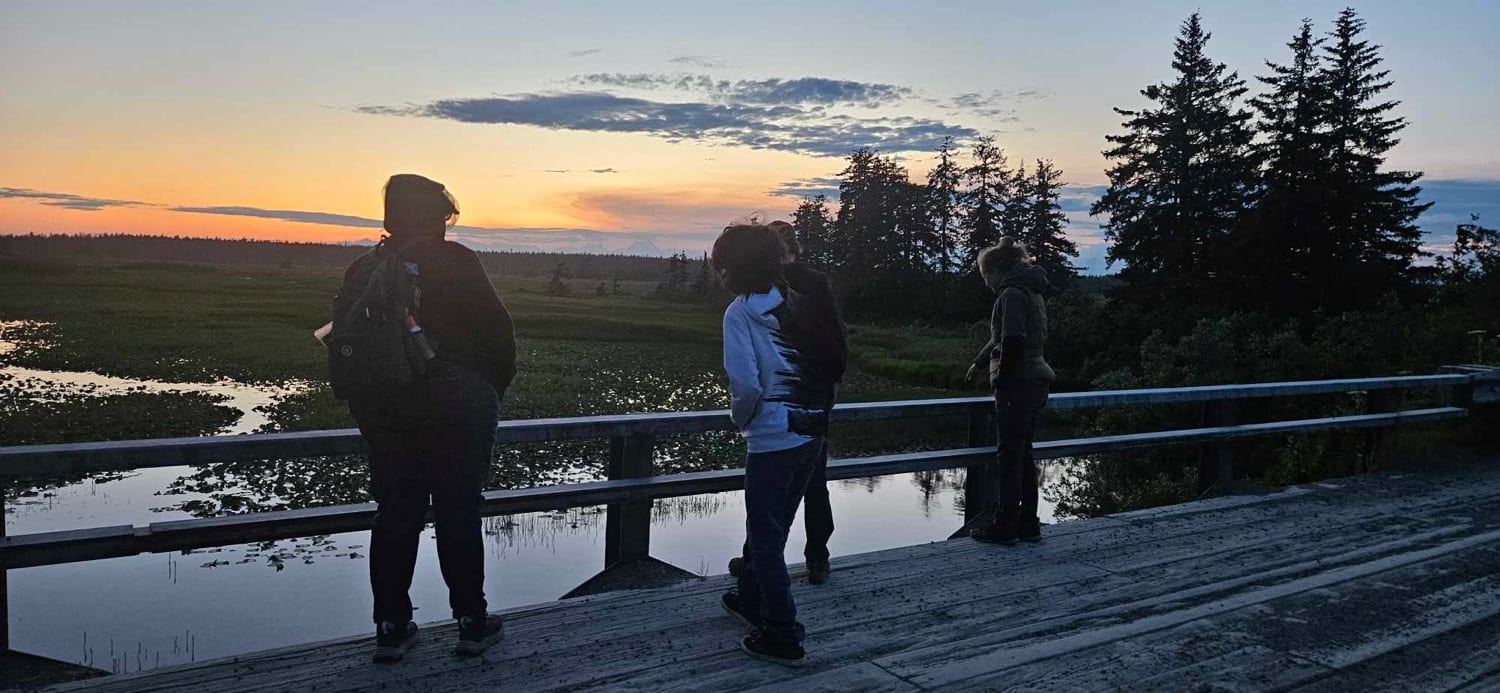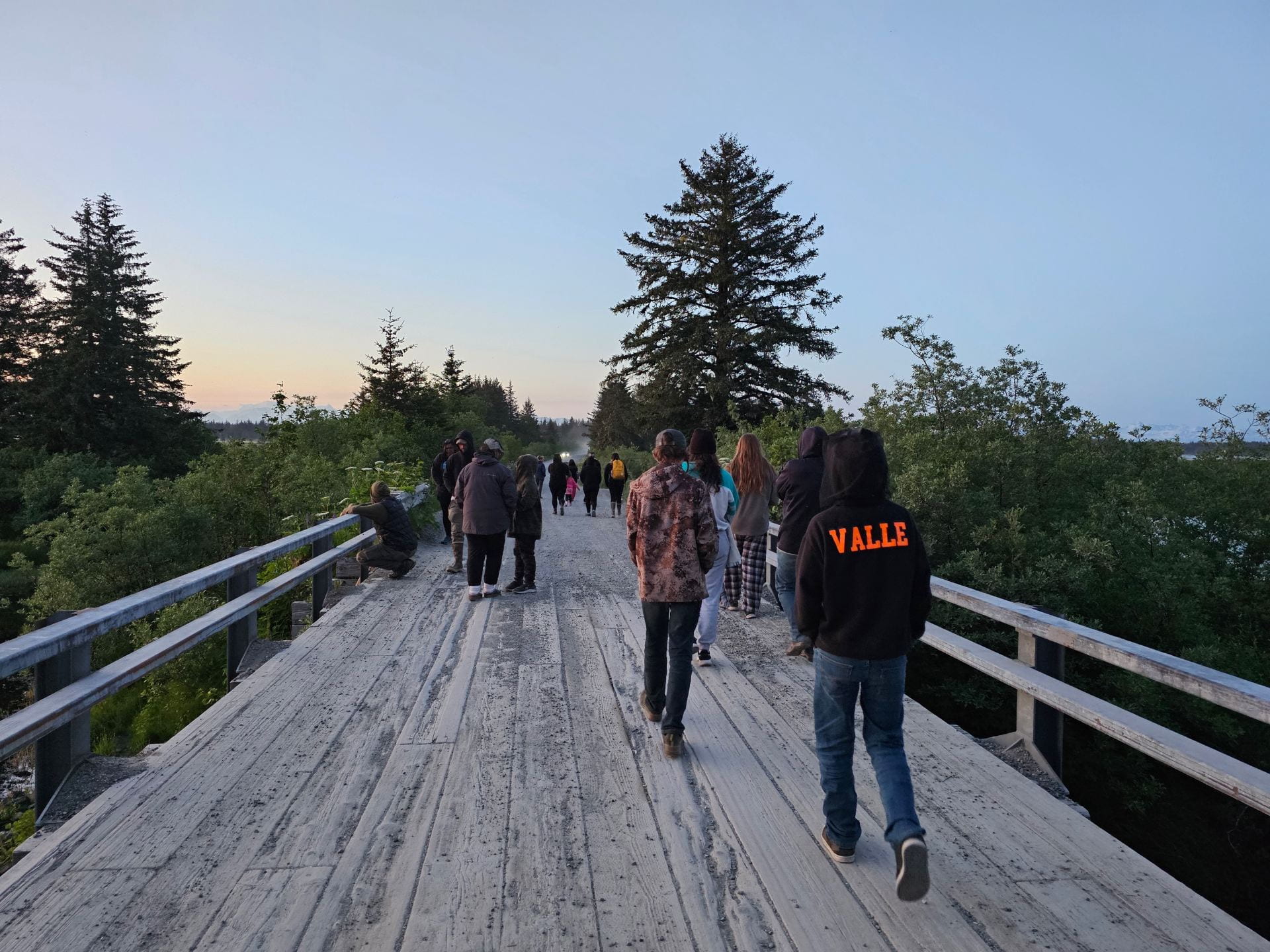‘Bats of Alaska! Yakutat’s Summer Explorers Camp’ by ACSA Staff
- Our Alaskan Schools Blog
- Jul 17, 2024
- 2 min read

The land of the midnight sun and the study of nocturnal animals, such as bats, isn’t what you would expect at your typical summer camp—however, this unique combination made for a memorable experience for students and members of the Yakutat community.
For the past 12 years, Sarah Israelson, the middle school teacher for Yakutat School District, has led the district’s Summer Explorers Camp for students in grades 3-8. The two-week camp focuses on STEM projects and has a theme around local wildlife or nature. This year, Israelson and her team chose bats.
Israelson shared that the purpose of the camp was to teach students about a topic they didn’t know about. “Living in Alaska, the students know about bears; they know about salmon. Unfortunately, bats get a bad rap,” she said. People think they are dirty or flying rats.” So, this year’s goal was to educate students and the community about bats and their contributions to the ecosystem and coexistence with the animals.

Working with the Forest Service, Israelson was given contact information for Biologist Jesika Reimer, an expert on bats who works at UC Davis. With support from two grants, the district brought Reimer to Yakutat for the second week of the camp to give presentations on bats and lead night field trips to look for bats.
During the first week of the camp, Israelson and other teachers helped the students do research on bats by reading comic books and the Magic School Bus for younger students. Then, they moved into STEM activities to learn how bats’ wings work, making bats out of paper to understand aerodynamics and see how far their paper bats could fly.

In the second week, the students learned about bats from Jesika Reimer. She gave presentations to the kids in the afternoon and the community in the evening. She first introduced students to the bats of the world, the second focused on bats of Alaska, and concluded with bats in houses to help them learn how to solve issues with problem bats in their homes.
On top of the presentations, Reimer led night field trips so students could see bats in their natural habitat. Israelson said she was initially skeptical about the field trips, thinking no one would participate. “It was so late. The program is in June around the solstice, and bats are nocturnal, so we had to stay out pretty late for them to come out,” she said. However, the 10:00 p.m. start time didn’t hinder participation. “We had more people come to the field trips than the evening presentations, which was crazy to me,” Israelson said. Around 15 people came each night, a big turnout in Yakutat.

The first field trip involved a hike and learning about bats and their habitats. They also put out monitors that could pick up echolocation. On the second day, Reimer and Israelson collected the monitors to pinpoint an area with the most echolocation sound waves.




Comments